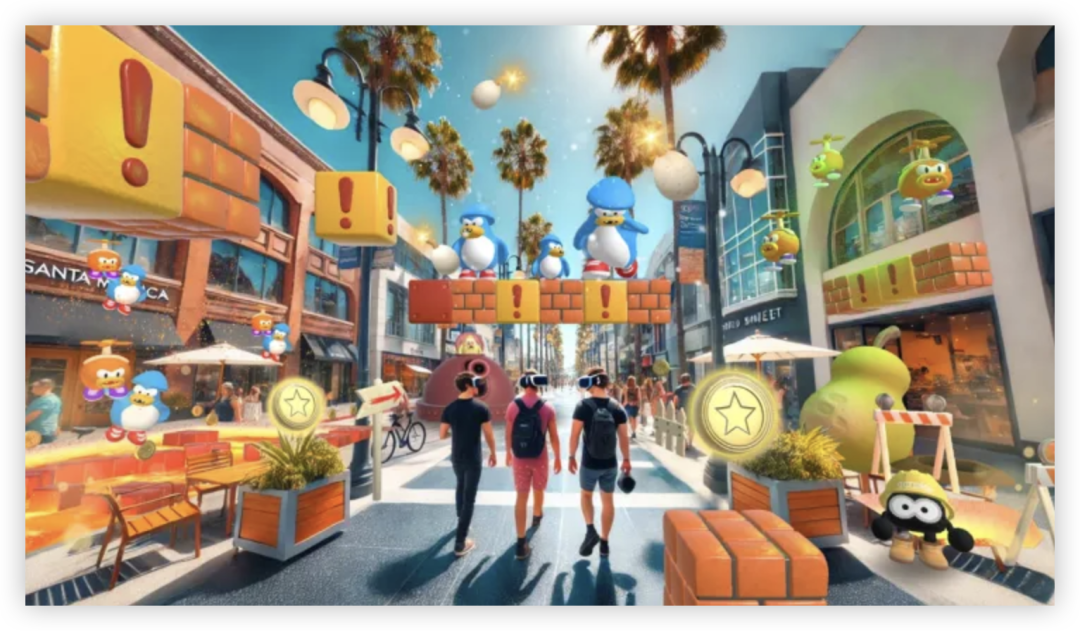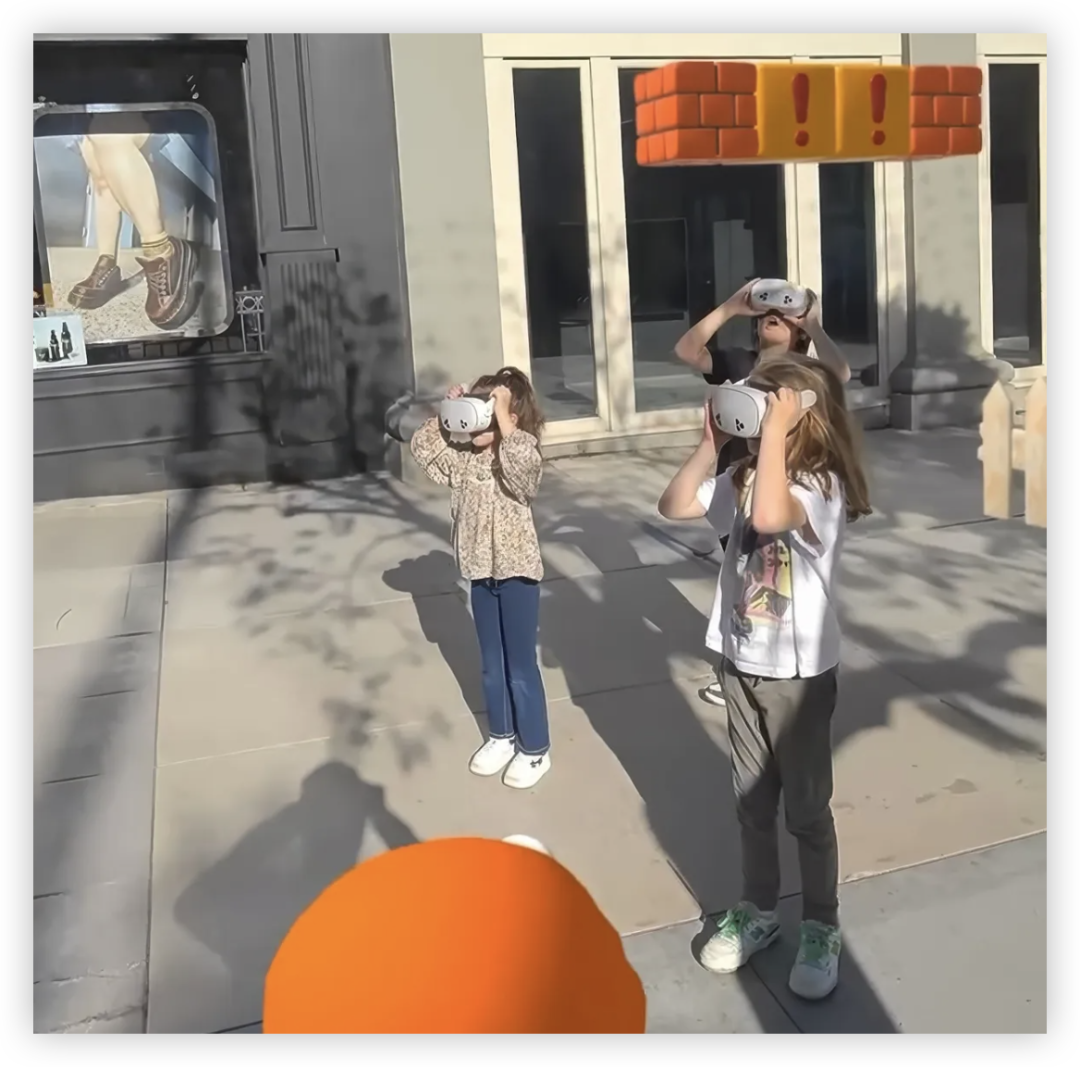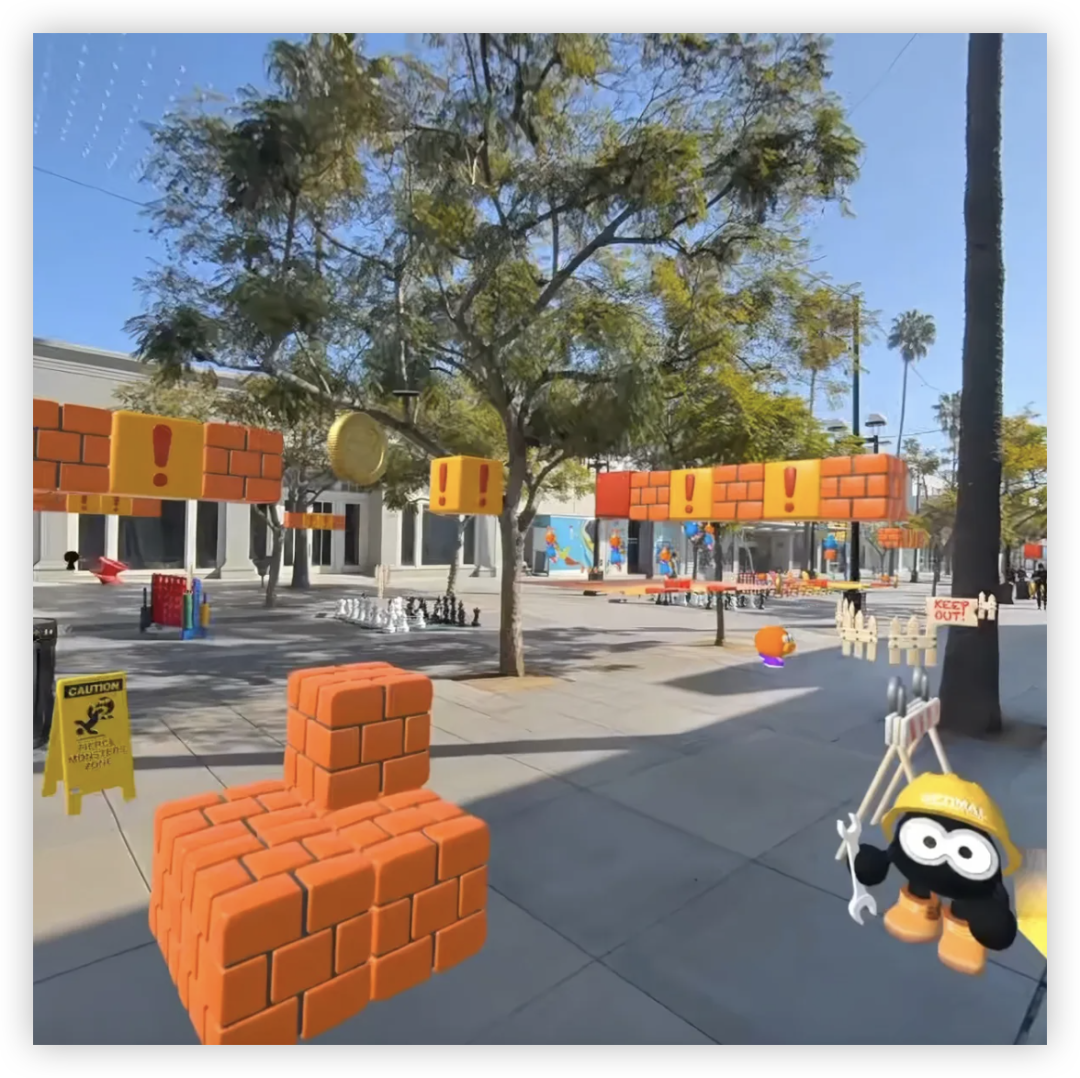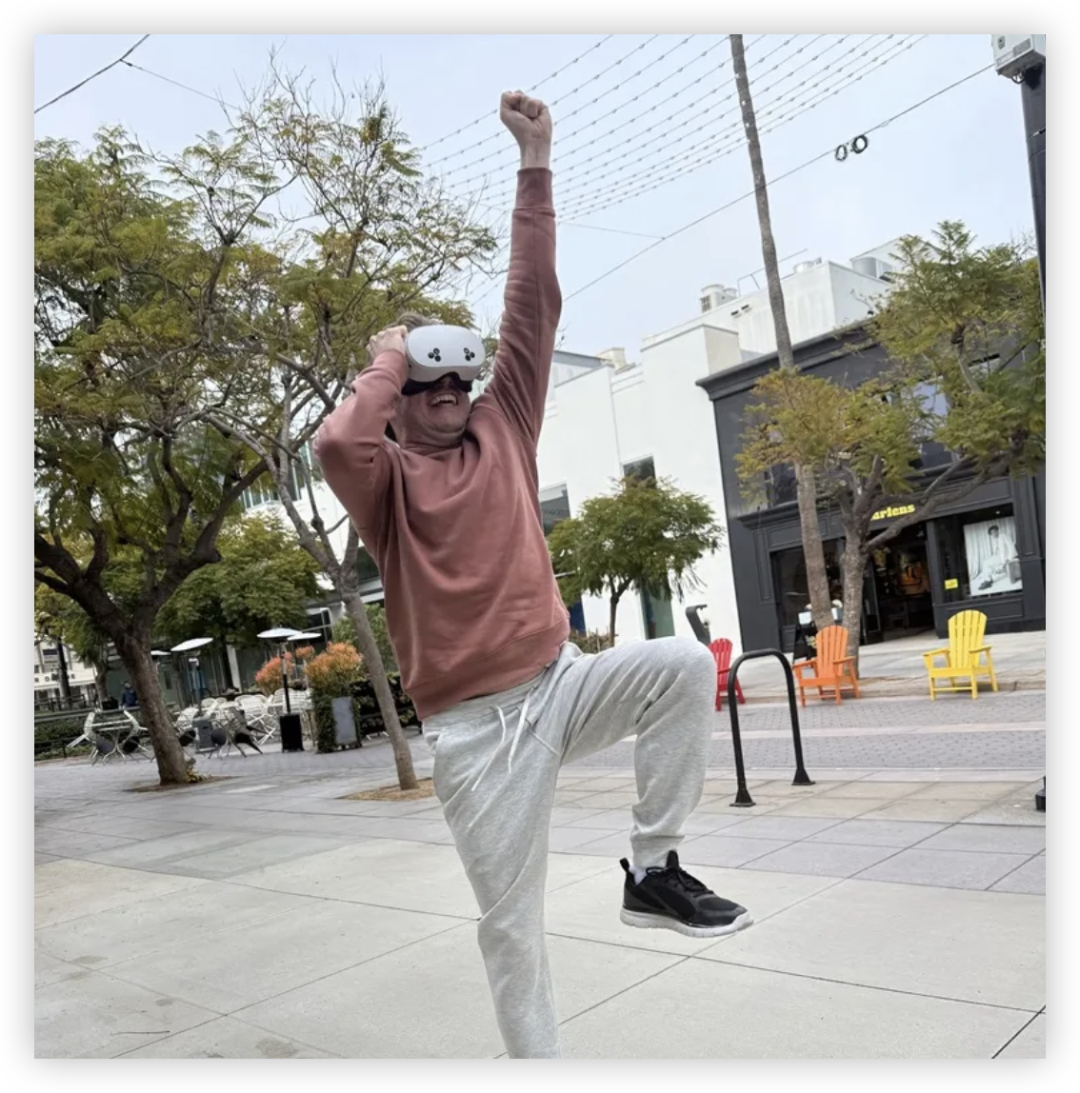Turning Cities into Game Levels: DreamPark is Rewriting the Rules of AR Gaming in the Real World!

When the Real World Becomes a Game Canvas
With Meta Quest 3 headsets, floating coins and Mario-style blocks suddenly appeared on the lawn of Yerba Buena Park in San Francisco - this isn't a sci-fi movie scene, but a mixed reality (MR) theme park being built by startup DreamPark. Founded by former Two-Bit Circus team members, the company recently announced $1.1 million in seed funding, planning to transform real spaces around the world into playable digital theme parks.

Core Viewpoint: The Disruptive Potential of Lightweight MR Entertainment
Unlike traditional VR theme parks that require millions in investment, DreamPark's innovation lies in its "zero infrastructure" model. Through QR code access points and existing MR headsets, any park, mall, or event venue can transform into an immersive playground within hours. This model not only solves the customer acquisition challenges of offline entertainment venues but also innovatively achieves a business loop of "digital content empowering physical spaces."

Technical Implementation: Three-Step Revolution from "Scan" to "Play"
- Space Digitization: Using high-precision scanning technology to transform physical environments into game maps
- Content Cloudification: 8-bit style lightweight game assets for quick loading
- Device Compatibility: Optimized Meta Quest 3 headsets for plug-and-play
"Our capital expenditure is only 1/100 of our competitors," CEO Aidan Wolf reveals, "This allows us to expand at light speed." Currently, their test venues have exceeded 100,000 square feet, 10 times the limit of ordinary VR spaces.
Business Model: A New Entertainment Ecosystem of Triple Win
DreamPark has built an ingenious business flywheel:
- Venue Owners: Zero-cost customer acquisition tool, improving space utilization
- Players: No need for expensive equipment, just rent headsets to experience
- Platform: Profit through ticket sharing and IP cooperation
In the pilot at Los Angeles' Third Street Promenade, this model has achieved "first-month breakeven" financial performance. Investor Long Journey Ventures partner Cyan Banister comments: "They've truly cracked the code for location-based AR business."
User Experience: Redefining the Boundaries of "Play"
DreamPark's experience design follows the principle of "low threshold, high fun." Players just need to scan the venue QR code in their MR headset to immediately enter the game world. Their game design cleverly combines with the real environment:
- Dynamic Obstacles: Real trees transform into maze elements in the game scene
- Physical Interaction: Real benches might trigger hidden levels in the game
- Social Mechanisms: Supporting multiplayer cooperation and competition, turning strangers into teammates
In testing at Santa Monica Beach, 95% of players said it was "more fun than expected," with 78% being first-time MR technology users. Game designer Emily Zhang shares: "We're not creating a virtual world to escape reality, but magic to make the real world more interesting."

Challenges and Risks: Concerns Behind the Opportunities
Despite bright prospects, DreamPark still faces multiple challenges:
- Technical Limitations: Outdoor lighting changes may affect the experience
- Content Updates: Need continuous development of new content to maintain user engagement
- Venue Relationships: Long-term cooperation models with venues still need verification
- Competitive Pressure: Tech giants like Microsoft and Google are also entering similar fields
To this end, the company has developed a "three-step" strategy:
- Short-term: Consolidate technical barriers, optimize game engine
- Medium-term: Expand IP cooperation, develop themed content
- Long-term: Build platform ecosystem, introduce third-party developers
Future Outlook: Unlimited Possibilities from Entertainment to Education
Beyond entertainment scenarios, DreamPark is exploring broader applications:
- Educational Scenarios: Transforming historical sites into immersive learning spaces
- Retail Innovation: Creating interactive shopping experiences in malls
- Urban Governance: Assisting city managers in space planning and optimization
The founding team believes that MR technology will redefine the relationship between people and space. "Our vision is to let every corner of the city tell its own story," Bushnell says, "This isn't just business innovation, but a social experiment changing how people interact."
A New Era of Virtual-Physical Integration
In the world DreamPark is building, reality and virtuality are no longer separate independent existences, but an integrated whole that complements each other. This makes us wonder: in the coming MR era, are we witnessing a revolutionary change in how humans interact with the physical environment?
The answer might be yes. Just like movies in the late 19th century, television in the mid-20th century, and smartphones in the early 21st century, each technological innovation has redefined how we connect with the world. And DreamPark is opening this new era of virtual-physical integration in the most lightweight way.
This isn't just a revolution in "play," but a new starting point for human cognition and the relationship with the real world. When we can discover new adventures in familiar parks and encounter magic in everyday streets, perhaps this is the most romantic form of technology.
分享文章
3篇相关文章
Metaverse Future! How This National Competition Ignites the New Engine of Metaverse?
2025-05-23
When technology meets imagination, what kind of sparks will fly? The day before yesterday (May 21st), at Shougang Park in Beijing, a place that once carried industrial glory, the 10th 'Maker China' Metaverse SME Innovation and Entrepreneurship Competition officially launched.
Disneyland Moves Into Fortnite: Is This the Start of the Metaverse?
2025-11-06
Disney and Epic Games launch 'Disneyland Game Rush' inside Fortnite. It’s more than a crossover—it’s an early exploration of virtual theme parks and the metaverse’s future form.
Toyota City Enters the Metaverse Fast Lane: Partnering with Giants to Build a New Model for Future Cities!
2025-11-03
Toyota City partners with Cluster and TOYOTA GAZOO Racing to explore new urban development models in the metaverse. This isn't just a tech showcase—it's a future city testbed that inspires youth participation and connects reality with virtual worlds!